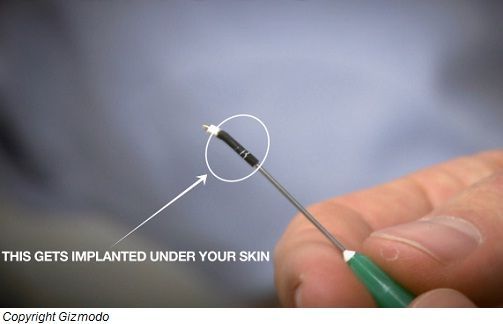Article
NASA's Medical Breakthrough
Author(s):
Health care is difficult enough in the U.S., imagine how tough it must be to cheaply and safely care for a sick or injured astronaut, if it's at all possible. A new breakthrough from NASA could not only help astronauts, but be used on Earth.
Getting health care right in America seems hard enough, what with legal battles, debates on proper reform and discussion on what’s the best way to effectively treat patients while keeping costs down. Providing health care in space is even more difficult.
When astronauts are injured in space getting proper medical care isn’t exactly convenient. So NASA has had to get creative when it comes to diagnosing and treating its astronauts, according to Gizmodo. And this technology could be available on Earth.
The NASA Biocapsule has the ability to heal even when the patient doesn’t know there’s anything wrong. The bundle of carbons can be implanted in the skin of astronauts so it can diagnose and treat them.

According to GIzmodo’s interview with creator of the NASA Biocapsule and medical director of the Space Biosciences Division at NASA, Dr. David Loftus, while the capsules treat a number of health issues astronauts can confront — radiation, exhaustion, sleep-deprivation, etc. — at home they can target diabetes, eliminating the need for insulin shots.
“The capsule would contain pancreatic islet cells (from animals) or would contain engineered cells designed to behave like pancreatic islet cells, with both glucose-sensing and insulin secretion function,” Loftus told Gizmodo. “Patients with low-insulin requirement might benefit from implantation of a single capsule (containing perhaps a million to 10 million cells); patients with higher insulin requirement might require implantation of more than one capsule.”
Brain cancer is another target of the capsules, which can be implanted directly into the tumor bed before delivering high doses of chemotherapy.
Best of all, the capsules are easy and inexpensive to make. Animal trials are scheduled for 2012 and 2013. Loftus thinks that they could be commonplace within 10 to 15 years.




